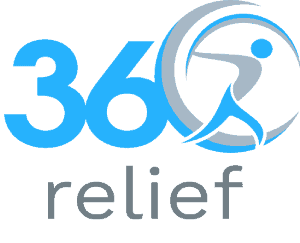Blog
How to Avoid Injuries in the Tennis 2022 Laver Cup London?

How to Avoid Injuries in the Tennis 2022 Laver Cup London?
Table of Contents
ToggleTennis: 2022 Laver Cup London
The Laver Cup is an international men’s tennis team tournament played between two teams: Team Europe and Team World. The Team World consists of players from all over the world except Europe. The tournament is usually held annually and was first played in 2017. It is an indoor, hard-court tennis tournament that is usually played two weeks after US Open. However, the tournament venue rotates between various host cities. The 2022 tournament is named as the Laver Cup London 2022 and will be played at The O2 in London. The following are the further details of the announced tournament:
Tennis 2022 Laver Cup London Tournament Details:
Tournament Dates: The tournament will be held between September 23 and 25, 2022.
Tournament Venue: The tournament will be organised at The O2 in London, England, UK.
Tournament Schedule: The tournament will take place under the given schedule:
- Session 1: Friday, September 23rd, 2022 13:00 (GMT+1)
- Session 2: Friday, September 23rd, 2022 19:00 (GMT+1)
- Session 3: Saturday, September 24th, 2022 13:00 (GMT+1)
- Session 4: Saturday, September 24th, 2022 19:00 (GMT+1)
- Session 5: Sunday, September 25th, 2022 12:00 (GMT+1)
Injury possibilities in Tennis
Indeed, tennis is one of the most exciting sports played throughout the world. Several tennis tournaments are globally organised yearly. Tennis enthusiasts become happy to watch the live tennis tournaments, and it also encourages them to organise and play tennis tournaments at their own places like school tournaments, workplace tournaments, and others. Remember that tennis can bring you injuries regardless of your professionality. Injuries are possible in both: professional and amateur tennis players. However, studies have shown that elite players are more prone to injuries compared to amateur players. For example, injuries rate in elite players and amateurs account for 72.26% and 27.40%, respectively.
Another study has shown that most tennis injuries occur in the lower extremities. The injury rate in junior competitive players ranges from 0.6 to 1.7 per 1000 hours of playing tennis. On the other hand, the injury rate ranges from 2 to 6 injuries per 1000 hours of playing in adult professional players. The further article is a detailed account of the most common injuries found in tennis players. As well as this, you will also get possible ideas about treatment plans and preventive measures for tennis injuries.
Common Injuries in Tennis
The below given are the most common injuries found in professional as well as occasionally playing tennis players:
1) Tennis Elbow
Tennis elbow is one of the overuse injuries occurring when elbow tendons are overloaded – leading to inflammation, degeneration, and tearing. It usually affects the tennis players who grip the tennis racquets too tightly. Tennis elbow usually results in pain and tenderness around the elbow joints. You may also feel pain in the forearm and back of your hand. The pain resulting from the tennis elbow may range from mild pain or discomfort to severe pain, and it depends on the severity of the damage.
How to treat tennis elbow?
Mild to moderate symptoms can be treated with non-invasive treatment or conservative measures. For example, rest, ice massage, compression, and elevating the injured area help reduce pain and other discomforts. However, more severe conditions may require surgery during which the damaged elbow tendons are repaired or removed. Wearing tennis support braces helps reduce mild to moderate symptoms, and these are also helpful in promoting healing after surgery.

2) Rotating Cuff Tear
Rotator cuff tear in tennis players is a progressive overuse injury. It ranges from partial thickness tears (bursal-sided tears) or full-thickness tears. Most injuries are partial thickness tears; however, full-thickness tears are common among older-aged tennis players. Common rotator cuff tear symptoms may include pain, cracking sound, limited shoulder mobility, and muscle weakness.
How to treat rotator cuff tear?
Mild to moderate symptoms may recover through rest, non-steroidal anti-inflammatory drugs, steroid injections, and physical therapy. Wearing an arm sling and shoulder support braces helps reduce pain and other discomforts following an injury. Some severe conditions may require serious medical attention or surgical process to recover completely. A partial tear in the rotator cuff tendons is trimmed through a smooth procedure known as debridement. However, a complete tear is repaired by stitching the elbow tendons back to the original site.

3) Back Pain
Pain in the lower back is a common complaint by tennis players. It may be caused by several issues. For example, muscle dysfunction, postural abnormalities, instability, and overuse are the common factors leading to lower back pain in tennis players. Tennis players may experience a sharp, sudden, persistent, and dull pain in the lower back. The pain usually worsens with the activity and movements.
How to treat lower back pain?
The rest, ice massage, and taking anti-inflammatory drugs helps reduce back pain after tennis. Wearing back support braces helps reduce pain and further injury after hurting your back during tennis. Most severe conditions, such as spine fractures, require surgical treatment, helping to reduce pain and restore function and motion.

4) Wrist Sprain
Wrist sprain or pain is another common issue found in tennis players. It usually results from overuse, improper techniques, and using the wrong equipment. As well as this, using your wrist excessively during a stroke will predispose tennis players to wrist pain or injuries. Hurting your wrist during tennis may result in pain, limited mobility, warmness, bruising, tenderness, swelling, limited mobility, and muscle weakness.
How to treat wrist sprain?
A wrist sprain can easily be managed with conservative measures, including rest, icing, compression, and taking medications prescribed by your GP or healthcare professionals. However, wearing wrist support braces helps reduce pain and swelling and speeds up recovery following a wrist sprain. Remember that most severe conditions, such as wrist fractures, may require surgical treatment to recover properly.

5) Tennis Knee: Patellar Tendinitis
Knee tennis or patellar tendinitis occurs when the knee tendons become inflamed due to stress. It usually results from jumping, pivoting, and sprinting while playing tennis. Pain in the lower area of the knee is a common symptom of tennis knee. Other symptoms may include swelling and soreness around the knees.
How to treat tennis knee?
Usually, the RICE method (rest, icing, compression, and elevating the injured area) helps reduce mild to moderate symptoms. As well as this, medications, corticosteroid injections, physical therapy, and wearing knee support braces are best in reducing knee pain and other discomforts.

6) Achilles Tendinitis
Playing tennis requires repetitive actions, such as running and jumping. These actions or repetitive movements of the foot can cause Achilles tendinitis. Foot pain is the basic symptom of Achilles tendinitis. However, you may also feel stiffness, swelling, crackling sound, and weakness in the affected areas.
How to treat Achilles Tendinitis?
The Rice method is a common treatment plan for mild or moderate symptoms. Anti-inflammatory drugs, stretching exercises, and foot support braces help reduce pain and other symptoms. Under some severe conditions, your surgeon performs surgery to repair tendons, which is minimally invasive.

How to Prevent Injuries in Tennis?
Experts suggest the following preventive measures to minimise the risks of injuries while playing tennis. These preventive measures are suggested for both professional tennis players and people who play tennis occasionally:
- Body warm-up: Ensure your body is fully warmed up before practising or playing.
- Use the right equipment: Ensure you use the right equipment, including racquets and tennis balls. Remember that using a poorly-strung racquet and a wet ball can cause injuries, such as wrist sprain, tennis elbow, or forearm soreness.
- Wear proper footwear: Wearing proper footwear provide your proper support, reducing the chances of stress and falling.
- Wear supportive garments: Wearing support garments, such as tennis support braces, helps reduce the chances of overuse injuries.
- Improve posture: A poor posture can strain your back, shoulder, elbow, wrist, knees, and other areas. Maintaining a good posture keeps you injury-free throughout the session.
Social Share
More Posts
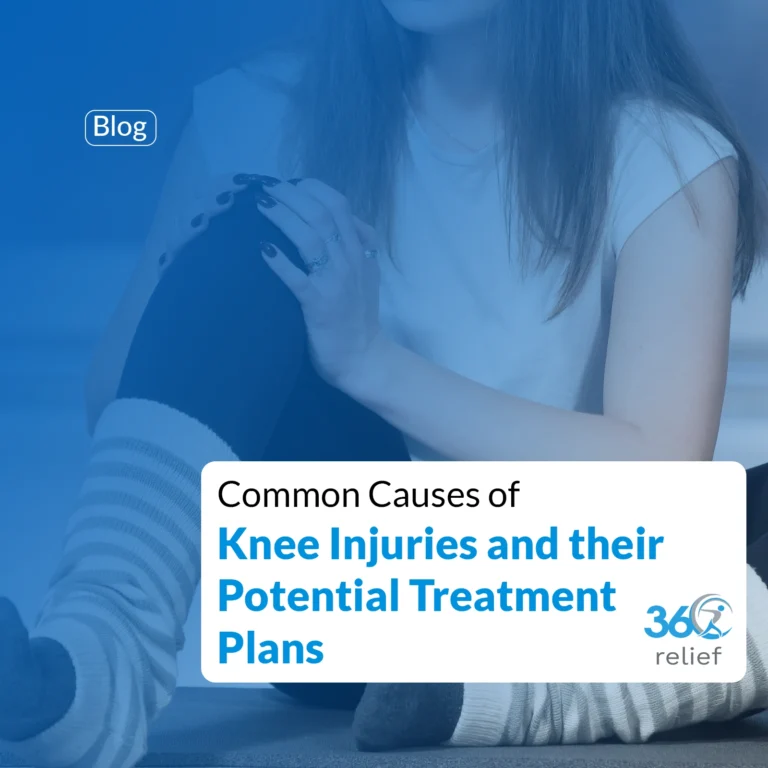
Common Causes of Knee Injuries and their Potential Treatment Plans
Knee Injuries: Overview The knee joint is considered one of the complex and largest joints in the body. It is

What is the Fastest way to Heal a Dislocated Knee?
A dislocated knee is relatively an uncommon injury. Ligaments connect the bones of the knee, which will result in a

Wake Up Refreshed: The Science-Backed Benefits of Eye Masks
Sleep is something we all know we need, yet many of us don’t get enough of it. Whether it’s the
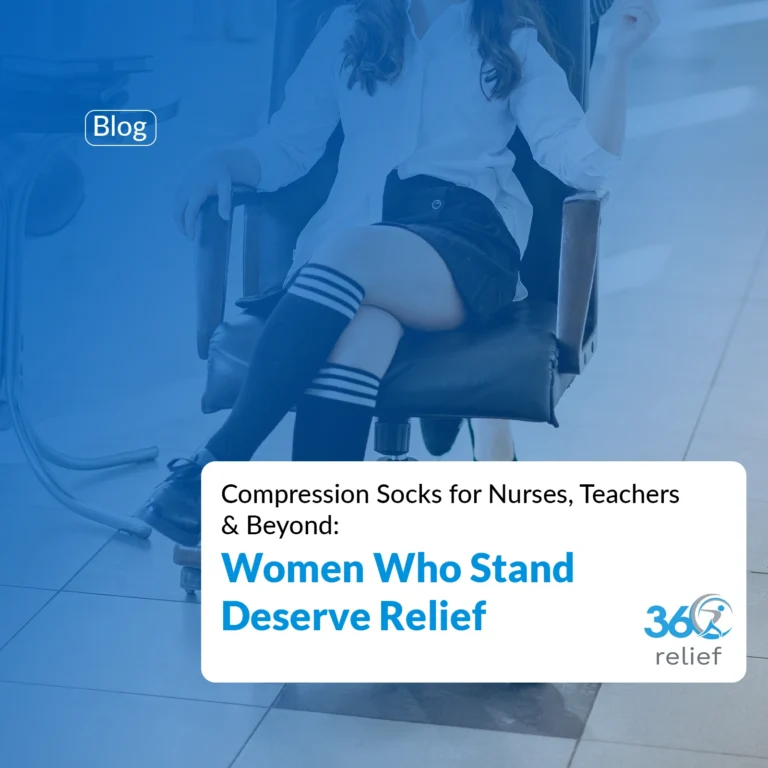
Compression Socks for Nurses, Teachers & Beyond: Women Who Stand Deserve Relief
Introduction Long days on your feet can be exhausting. Whether you are caring for patients, teaching in a classroom, welcoming
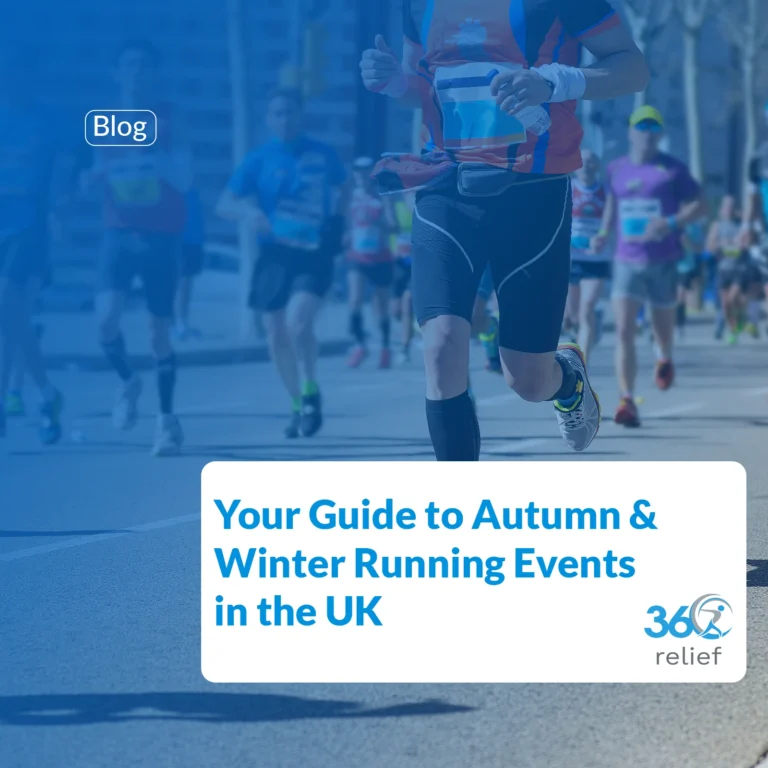
Your Guide to Autumn & Winter Running Events in the UK
As the leaves turn golden and the evenings draw in, the running community across the UK doesn’t slow down. If
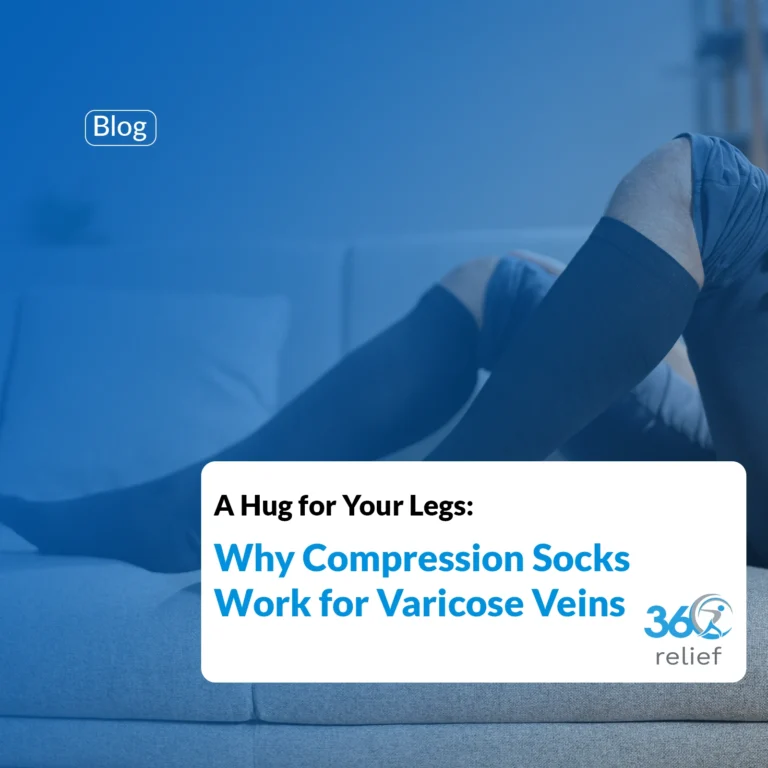
A Hug for Your Legs: Why Compression Socks Work for Varicose Veins
Varicose veins are more than just a cosmetic concern. For many people, they bring discomfort, swelling, and a heavy feeling
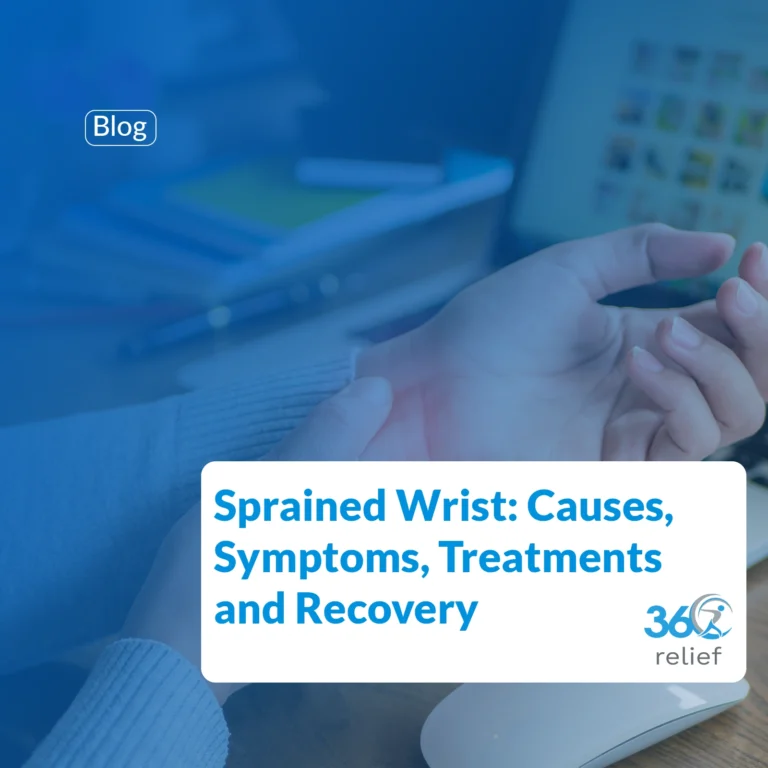
Sprained Wrist: Causes, Symptoms, Treatments, and Recovery
A wrist sprain(s) occurs when a ligament in the wrist is partially injured. Ligaments are the dense connective tissues that

2025 Unibet British Open Snooker: Play Longer, Stay Stronger with the Right Support
The 2025 Unibet British Open Snooker is just around the corner, and excitement is building as fans prepare to watch
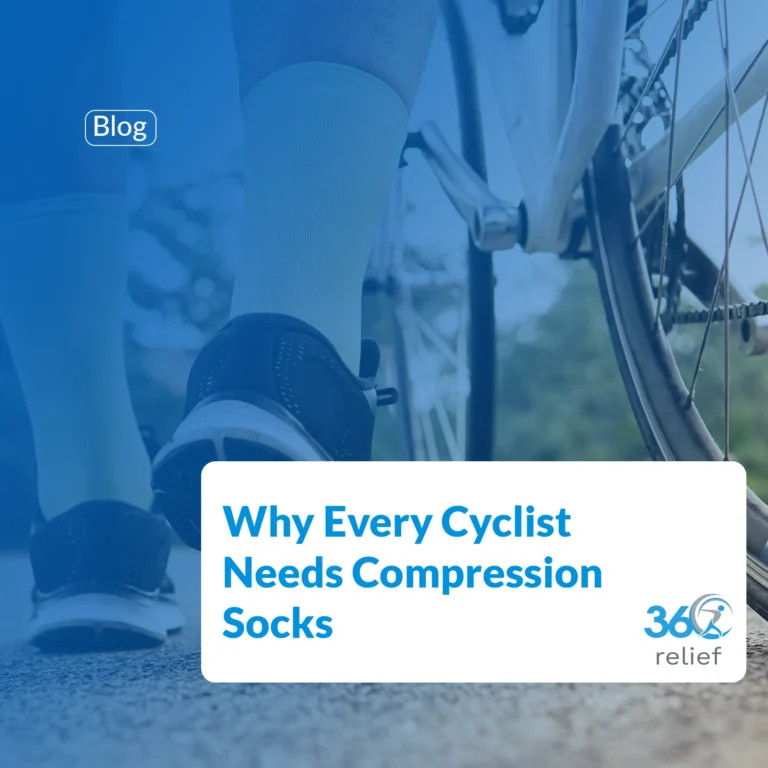
Ride Longer, Recover Faster: Why Every Cyclist Needs Compression Socks
Cycling is one of the most rewarding sports for both fitness and leisure, but it also places high demands on

Stay Injury-Free During the 2025 Tour of Britain: The Best Protective Supports for Cyclists
Cycling fans across the UK are gearing up for one of the most exciting events on the sporting calendar –

Train Hard, Recover Smarter: Why Supportive Products Are Key for 2025 World Boxing Championships Success
The World Boxing Championships 2025 are just around the corner, with Liverpool preparing to host some of the finest athletes

Top Benefits of Using a Sleep Eye Mask for Deeper, Healthier Rest
Getting enough sleep is one of the most important foundations of good health, yet many people in the UK struggle

Women’s 2025 Rugby World Cup: Thrilling Action, Smart Moves to Escape Possible Injuries
1. Introduction – Rugby’s Biggest Stage Returns to England From August to September 2025, England will host the most exciting
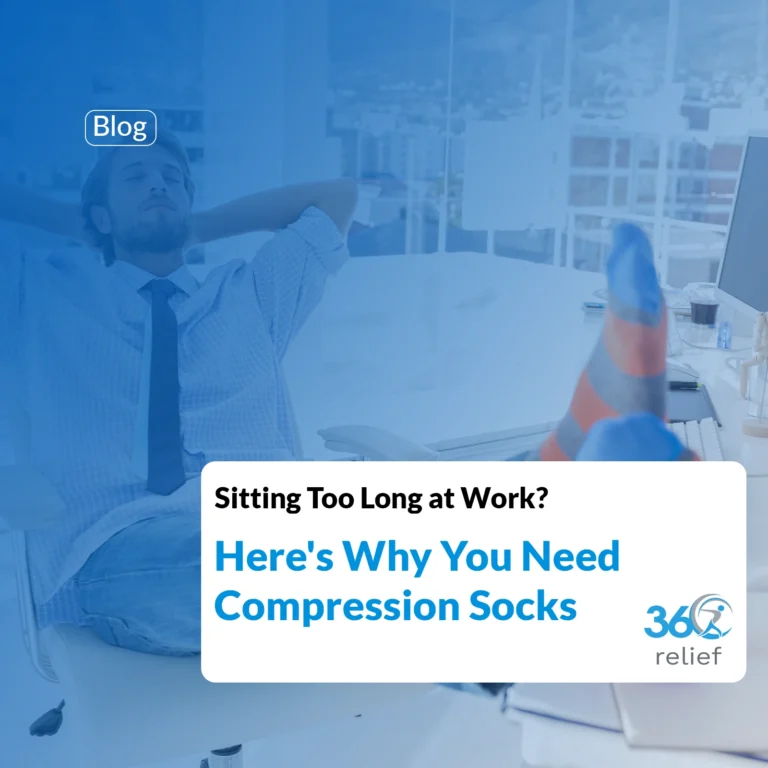
Sitting Too Long at Work? Here’s Why You Need Compression Socks
Modern workplaces often involve long hours at a desk, whether in an office or working from home. While sitting may
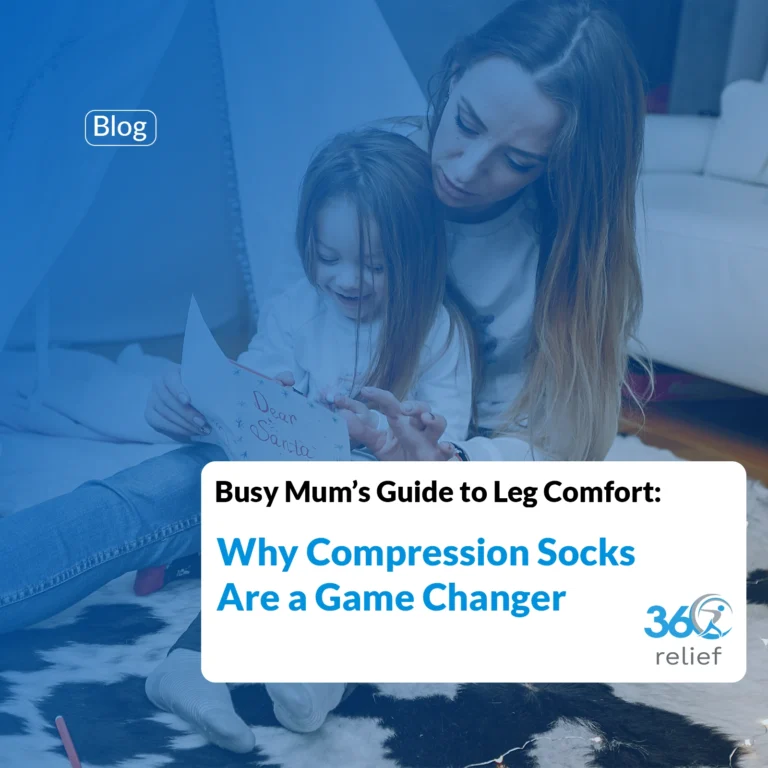
Busy Mum’s Guide to Leg Comfort: Why Compression Socks Are a Game Changer
Mums are the true multitaskers of everyday life. From school runs to supermarket trips, from cleaning to working on your

